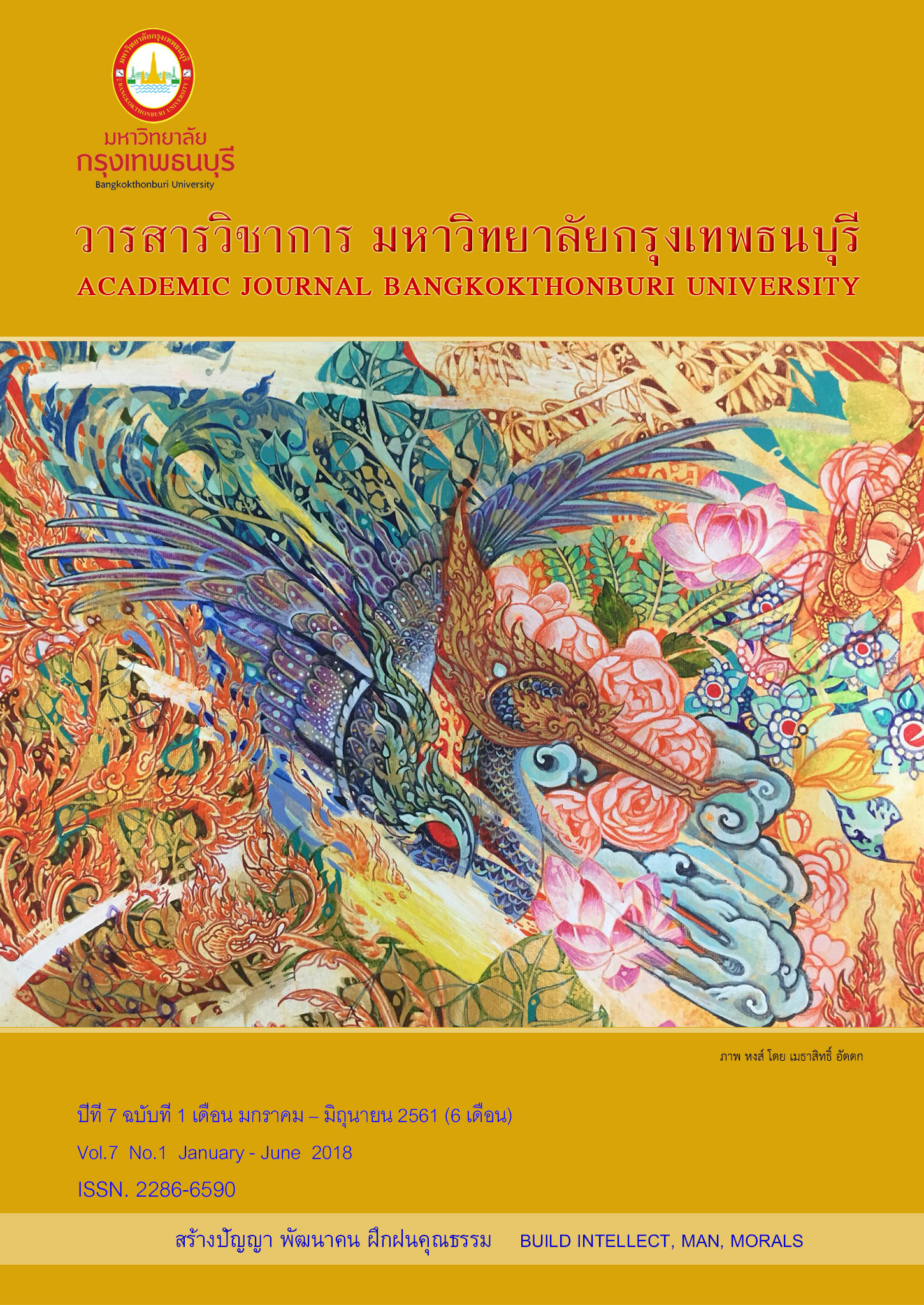An Empirical Investigation of Iso-Ahola’s Model of Motivation: Factors influencing Chinese Tourists Visit Intention in Thailand
Main Article Content
Abstract
Purpose – The purpose of this paper is to (1) perform a confirmatory factor analysis of Iso-Ahola’s motivational theoretical construct by following the work of Snepenger et al (2006) in Thailand tourism context; (2) identify the influential motivation constructs for Chinese tourists visit intention in Thailand.
Design/Methodology/Approach – The methodology involved the compilation of a literature review and conduction quantitative approach. The scale items on four dimensions of the Iso-Ahola’s motivational developed by Snepenger et al (2006) have been employed and validated through confirmatory factor analysis by using a data of 345 Chinese tourists visited Thailand. Data was collected using self-administered questionnaires survey. Also, the key motivational factors have been specified as a second-order factor that is determined by first-order dimensions.
Findings – A 12-item scale covering four dimensions of the Iso-Ahola’s model has been employed. The second-order model suggests that Chinese tourists visit intention is most influenced by the “Personal Escape” dimension, followed by “Personal Seeking”, “Interpersonal Escape”, and “Interpersonal Seeking” dimension, respectively. The results from both convergent and discriminant validity indicate the construct validity of this study model is supported. A second-order measurement model showed a good model fits with the following values: χ2/df = 2.042, GFI = 0.933, AGFI = 0.896, CFI = 0.952, NFI = 0.911, RMR = 0.049, and RMSEA = 0.063. The result of this study would enable service providers to identify motivation dimensions influencing Chinese tourists’ behavior which led to their revisit intention.


